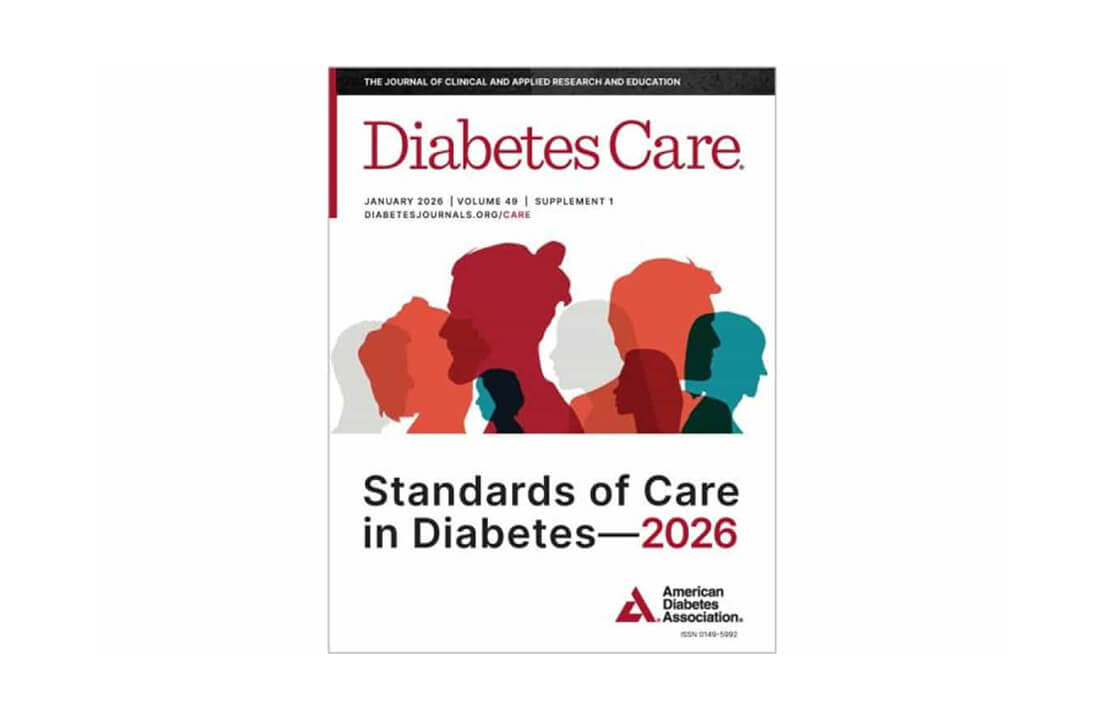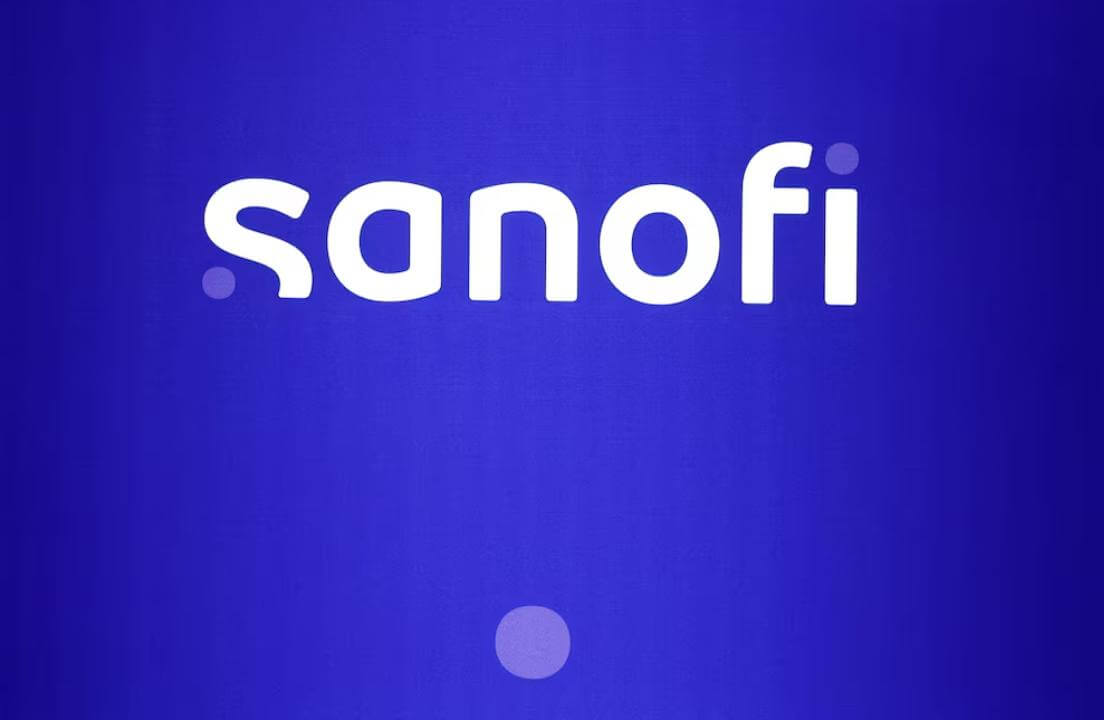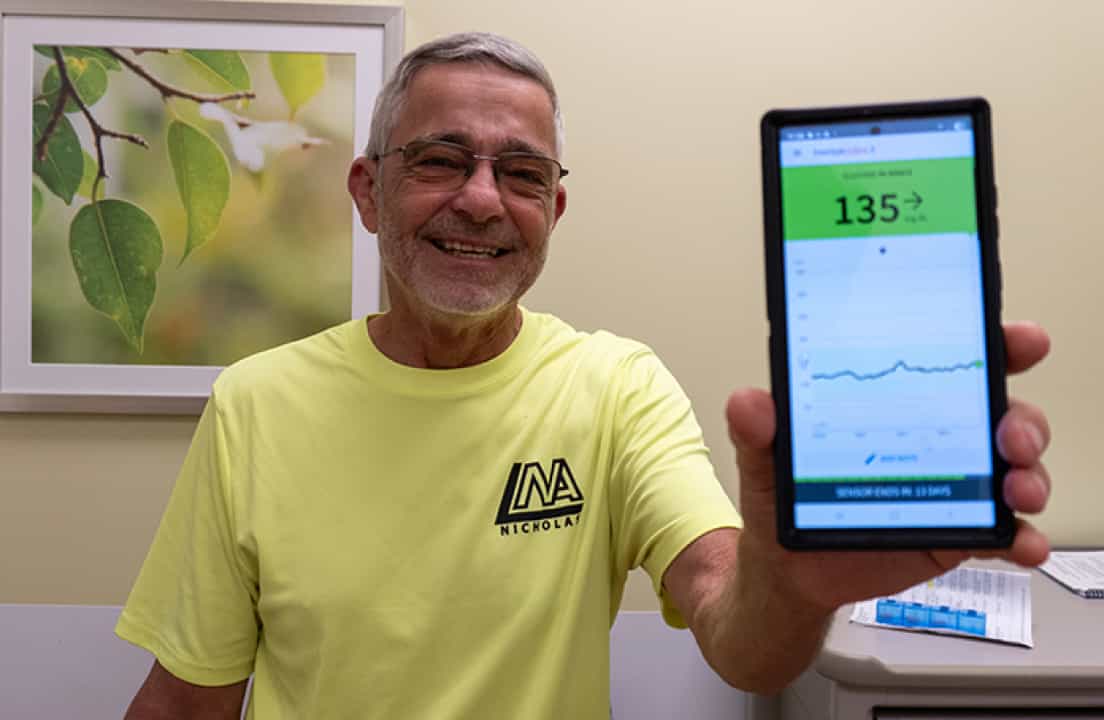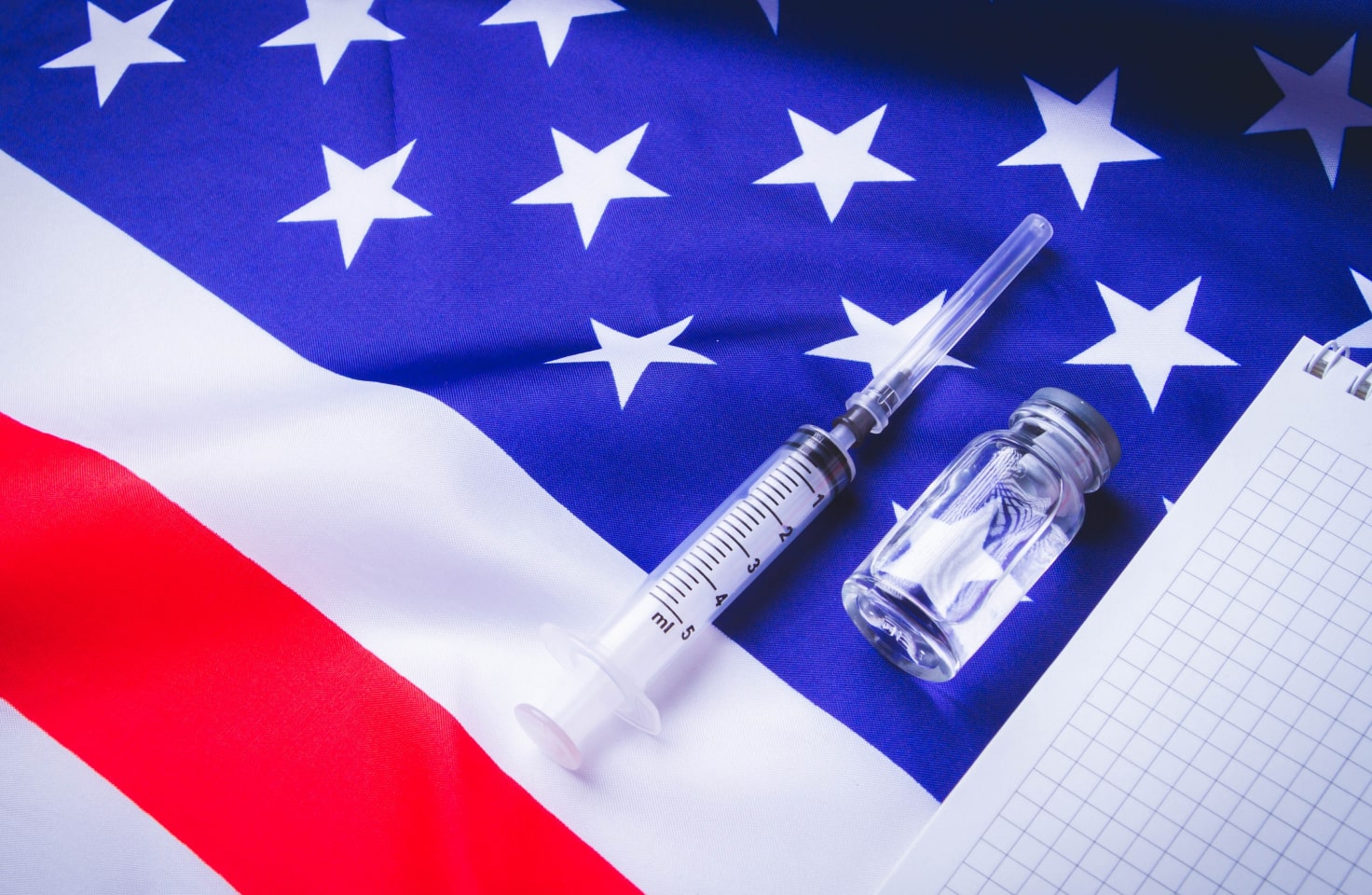T1D Guide
T1D Strong News
Personal Stories
Resources
T1D Misdiagnosis
T1D Early Detection
Research/Clinical Trials
GLP-1s for Weight Loss and People with Type 1 Diabetes
The recent trend in Hollywood appears to be back to uber-skinny, borderline-unhealthy figures. This ultra-thin culture sets unrealistic expectations on everyday men and women, especially individuals with type 1 diabetes.
.jpg)
Editor’s Note: This article is for informational purposes only and does not constitute medical advice or diagnosis. GLP-1 therapy is currently not FDA-approved for T1D management. Always consult your healthcare provider for the proper care and treatment of your T1D.
At the recent 96th Academy Awards ceremony, several actors (Carrie Mulligan, Ariana Grande and Zendaya) looked thinner than ever before. A New York Post’s recent article questioned which stars may or may not have used weight loss injectables like Ozempic and Wegovy to cut weight for the big night, and the Daily Mail reported a Beverly Hills plastic surgeon Dr. Gary Motykie, cited several celebs looked “slimmed down” more than in previous years. And, on a recent episode of Saturday Night Live, actress Sydney Sweeney joked about how she keeps her body toned – running, eating healthy and Ozempic.
.jpg)
As they say, there’s a little bit of truth in every rumor, and whether this new slimmed-down fad is here to stay, It beckons a deeper look into the pros/cons of using GLP1s and yo-yo dieting.
The Skinny on GLP-1s
If you’ve ever wondered what these glucagon-like peptide-1 receptors (GLP-1s) are and how they work in the body, here’s a breakdown of the different types of GLP-1 medications, their pros/cons, and how they benefit individuals with type 2 diabetes (T2D) and might be advantageous to individuals with type 1 diabetes (T1D) in the future.
As early as 2005, the U.S. Food and Drug Administration (FDA) approved the first GLP-1 receptor agonist exenatide. An oral semaglutide tablet was FDA-approved in 2019. These glucagon-like peptide-1 (GLP-1) medications were first used to treat type 2 diabetes and obesity. While insulin is the necessary hormone that aids the cells in accepting glucose from the blood for energy, type 1 and type 2 diabetes have different origins. In the autoimmune disorder, type 1 diabetes, the body attacks the insulin-producing cells in the pancreas. In type 2 diabetes, the cells become resistant to insulin.
As the New England Medical Journal of Medicine (NEMD) reported, some studies suggest that GLP-1s may benefit T1D individuals struggling with weight loss, blood sugar control and time in range (TIR), producing fewer blood glucose swings and long-term complications.
GLP-1 drugs are not FDA-approved for use with type 1 diabetes. However, some doctors may prescribe them for patients who are obese and need help reaching their glycemic goals in addition to their insulin therapy. In fact, Juvenile Diabetes Research Foundation (JDRF) is funding research to investigate whether these drugs can benefit individuals with T1D.
Pros of Using GLP-1 Drugs for T2D
GLP-1 medications help control blood sugar management in T2D. Since one in 10 Americans have T2D, the drug use has grown exponentially. What’s more, according to the National Institutes of Health (NIH), the drugs appear to improve cardiovascular risks, reduce weight, lower high blood pressure and control blood glucose levels.
The NIH also suggests that GLP-1 receptor agonists are recommended for patients with diabetic kidney disease (DKD) who have not achieved their glycemic target, and the medication may reduce the risk of myocardial infarction, heart failure and stroke in obese patients.
The American Diabetes Association (ADA) reports, “These diabetes medications can result in large benefits in lowering blood glucose and body weight. Some agents in this class have also been shown to prevent heart disease.”

What are GLP-1 Drugs and How they Work?
The hormone GLP-1 is produced naturally in your gut in response to food intake and then binds to GLP-1 receptors to stimulate the pancreas to produce insulin.
The GLP-1 drugs replicate the body’s natural response by:
- Stimulating insulin production by the pancreas after eating.
- Slowing glucose absorption into the blood slows the stomach from emptying, making people feel more satiated, thus reducing hunger.
- Inhibiting the hormone glucagon, which stimulates the liver to release excess sugar into the bloodstream.
GLP-1s for Weight Loss
The GLP-1 agonist semaglutide is an injectable solution used under the brand names Ozempic and Wegovy—both FDA-approved treatments for weight loss management. Some healthcare professionals may prescribe GLP-1s for people with a BMI of 30 or higher or for people with weight-related conditions like high blood pressure and prediabetes, but the usage appears to have spread to anyone wishing to lose a little weight. It's important to know these GLP-1 agonists are not recommended for everyone who wants to use them for weight loss, as there are several risk factors and side effects to consider.
Cons of Using GLP-1 Medication
The Mayo Clinic cites some side effects may include nausea, vomiting and diarrhea. Also, these drugs should be avoided if there is a family history of thyroid cancer or pancreatitis, existing heart conditions, if you are pregnant or if you have gastroparesis or inflammatory bowel disease.
Other side effects of GLP-1 use:
- Dizziness
- Fatigue
- Gastrointestinal issues (diarrhea, constipation, gas)
- Headaches
- Stomach issues (nausea, vomiting, pain or bloating)
- Heart palpitations
- Chest pain
Harvard Medical School cited another common issue with the rapid weight loss drug: the side effect coined “Ozempic face,” where the skin on the face sags with additional wrinkles.
A new wave of side effects being reported include aspiration, hair loss and suicidal thoughts. CNN reported that the FDA is reviewing claims that Ozempic, Wegovy, and Saxenda contributed to these problems.
The FDA recommends, “People who use these medications and have questions or concerns about side effects should speak with their health care provider.
These new drugs are exactly that-NEW, and though we know the pros/cons from a few case studies, the long-term complications are still under review. Dr. M. Regina Castro from the Mayo Clinic said, "the GLP-1 class of drugs isn’t recommended if you have a personal or family history of medullary thyroid cancer or multiple endocrine neoplasia. Lab studies have linked these drugs with thyroid tumors in rats. But until more long-term studies are done, the risk to humans isn’t known.”
And while they succeed in suppressing appetite once you stop using these GLP-1 drugs, the National Institutes of Health report weight regain and cardiometabolic effects.
What no one wants to hear is that these drugs, like the popular diet drug fen-phen of the 1980s and 90s, were also prescribed by doctors and considered safe for weight loss—until they weren’t. What followed the feh-phen craze was an epidemic of Americans addicted to amphetamines.
Lose Weight Safely with Type 1 Diabetes
Experts still say the safest way to lose weight is to eat healthily, follow a diet rich in whole foods, fiber, protein and nonstarchy carbohydrates, and follow a workout routine right for you.
.jpg)
Since there are many factors to consider with any weight loss plan (blood sugar control, exercise, severe hypoglycemia, and insulin intake), speak with your healthcare provider about what daily calorie intake, nutrition plan and exercise routine are best for you. According to the NIH, the average body mass index (BMI) for people with type 1 diabetes is slightly higher than the general population’s average.
Dangers of Dieting and Diabetes
Monitoring glucose control and dealing with chronic weight management can be an added issue for individuals with type 1 diabetes. T1D nutritionist Andi Balog explained how T1Ds lose considerable amounts of weight over a short period in the beginning due to your body burning fat for energy rather than burning glucose, and dehydration, the kidneys work overtime to filter out the excess glucose.
If you have T1D and recent weight gain, it could be due to these factors;
- Too much insulin, then matching your food/sugar intake
- Treating multiple hypos
- Inactivity due to fear of highs and lows (some forms of exercise may lower blood sugar levels)
- Overconsumption of higher fat/higher calories while trying to eat low-carb
This is perfectly understandable, and easy to rectify your glucose control with the right healthcare team and nutritionist to guide you.
.jpg)
Balog suggests these tips for losing weight safely with T1D
- Adjust insulin settings for tighter glucose control. More insulin than your body requires leads to hypoglycemia episodes and high rebounds.
- Eat a balanced diet and follow the Diabetes Plate Method. The Centers for Disease Control and Prevention (CDC) recommends a diet of fruits, vegetables, legumes and low-fat dairy substantially improves glycemic control.
- Reduce portion sizes
- Increase activity and resistance training
The NIH also recommends any type of light physical activity may improve glycemic control.
Key Takeaways for GLP-1 Medications and Your Health
The kidney disease benefits of GLP1-RA use, as well as the reduction in blood pressure, cholesterol and lowered glucose levels, are major advantages of GLP-1 medications. Still, the drugs are not FDA-approved for T1D use and are not recommended for weight loss in all individuals. Weight management shortcuts equal short-term rewards. Wherever you are on your weight loss track, personal growth takes time and effort. Be kind to yourself and surround yourself with positive, healthy weight images and people. Healthcare professionals and dieticians who promote healthy living and exercise regimes are here to help.


.webp)





.webp)


.jpg)
.jpeg)

.jpg)
.jpg)



.jpg)



.jpg)




.jpg)

.jpg)



.jpg)

.jpg)




.jpg)
.jpg)
.jpg)
.jpg)
.jpg)
.jpg)
.jpg)

.jpg)
.jpg)

.jpg)



.jpg)
.jpg)
.jpg)

.jpg)

.jpg)














.jpg)


.jpg)







.webp)











.webp)



















.webp)